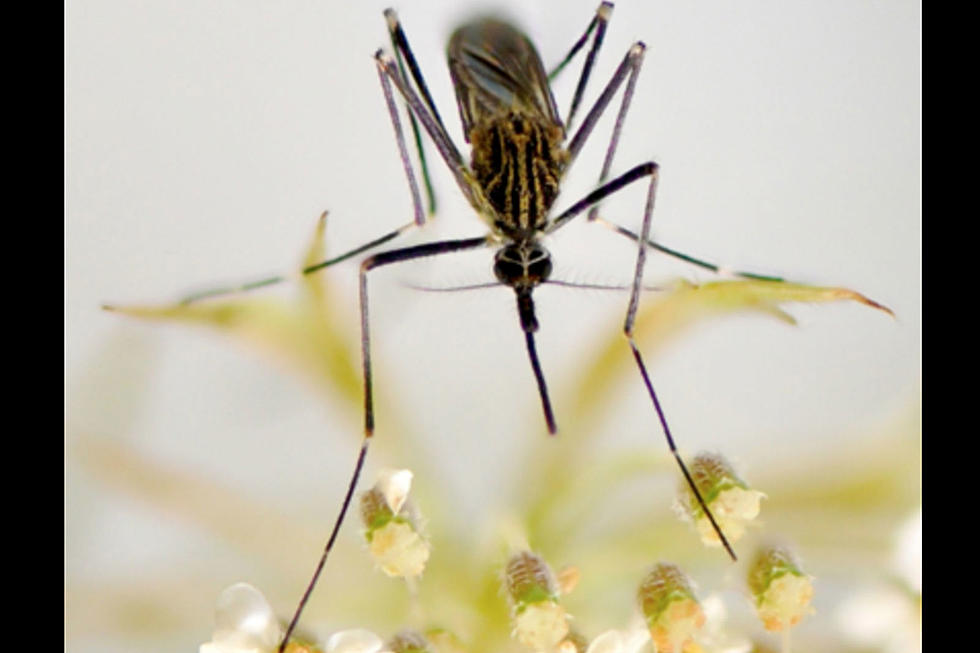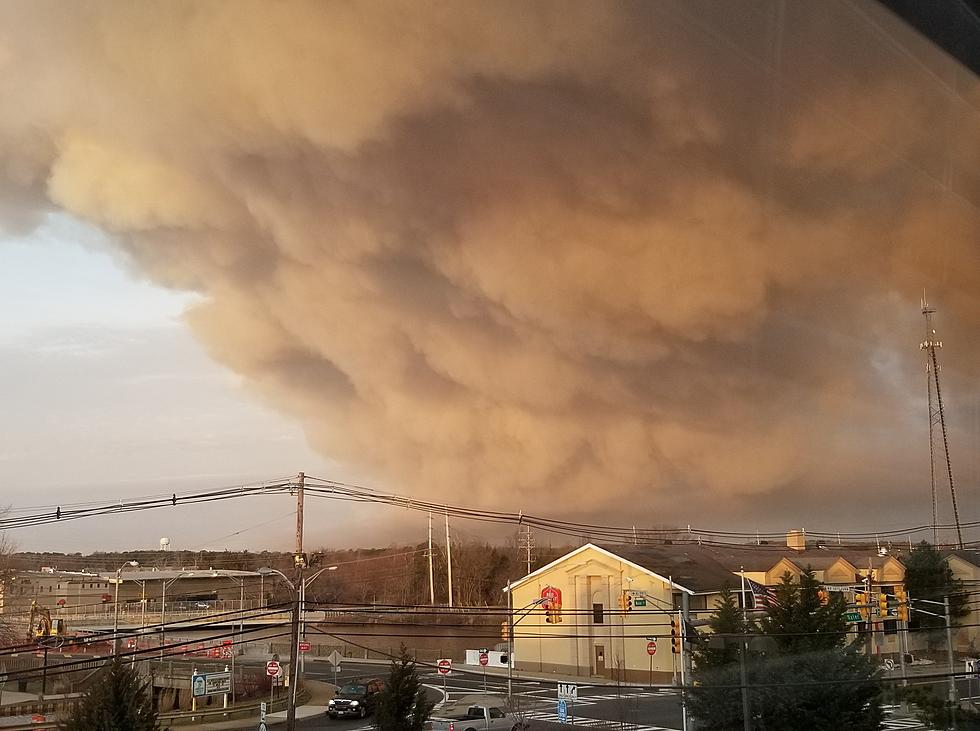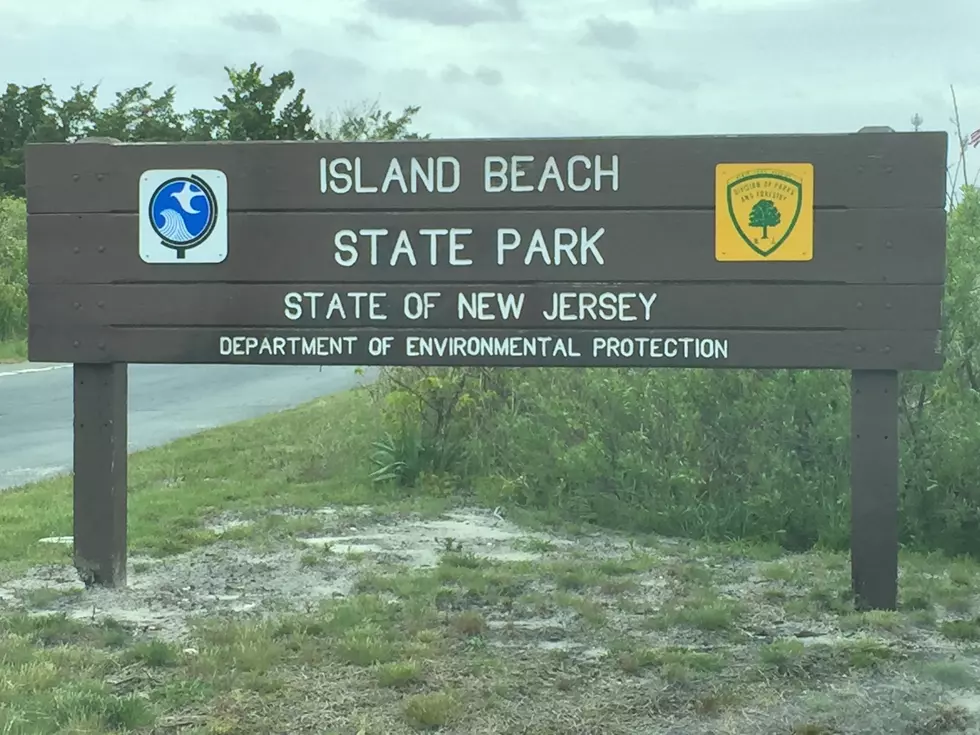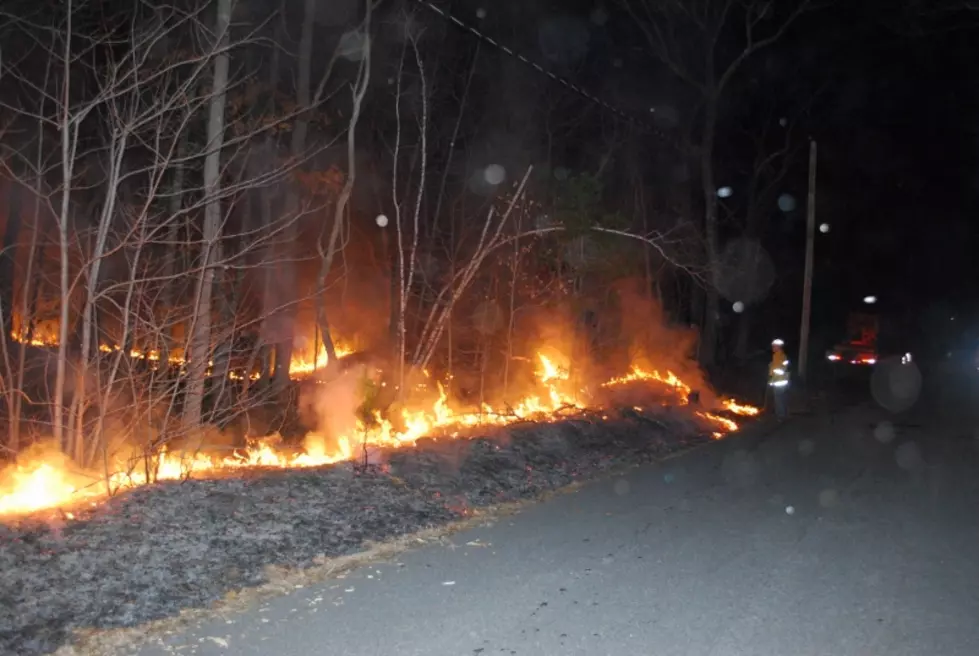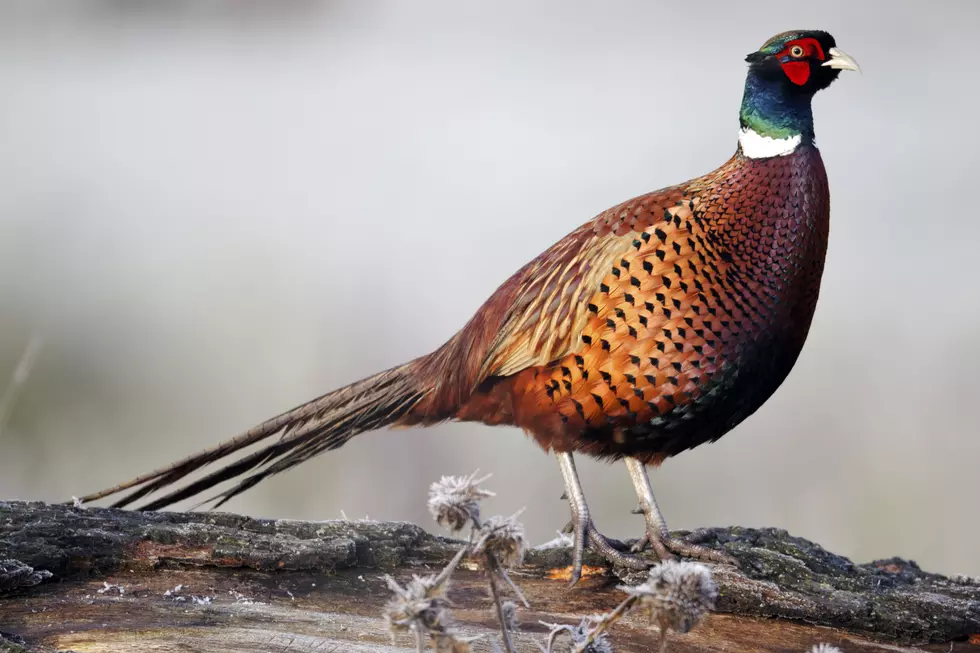
What NJ residents can do to help save the Monarch butterfly
Monarch butterflies — beautiful, majestic and with a long-storied presence here in New Jersey. But there's been a 90 percent decline of the migrating monarch butterfly population in the eastern United States during the past 20 years, says Caryn Shinske, spokeswoman for the state Department of Environmental Protection.
Monarch butterflies, which pass through Cape May as part of their migration to Mexico, have always been a big tourism draw to the Garden State.
But there's been a huge habitat loss in both the U.S. and Mexico.
"There's been a significant loss of plants on which to feed. Both Monarch caterpillars and Monarch butterflies are very specific in the plants on which they feed." Those include milkweed and nectar-producing plants.
Shinske also says there has been an increased use of crops that are herbicide-tolerant and contribute to the decline of the butterfly population.
One reason why the declining population of the monarch butterfly is so devastating to New Jersey is the environmental factor. She says we are losing sight of these butterflies, with their distinctive orange, black and white markings.
"It's kind of like what a treat it is to see an eagle. It's a treat to see a monarch butterfly," says Shinske.
Their declining population is also bad for New Jersey because monarch butterflies are what's known as an "indicator species," which means their presence is indicative of the health of habitats around us.
Also, the dwindling monarch population could mean a smaller tourism draw to Cape May, where people look forward to seeing the insects before their migration.
The DEP published a monarch butterfly conservation guide to educate the public about the insect's significant population decline and what steps can be taken to expand their presence.
The DEP's Division of Fish and Wildlife has been helping by providing milkweed seed to the New Jersey Forest Nursery. The nursery will distribute the seedlings to state parks and wildlife management areas for planting.
Shinske suggests state residents plant "pollination gardens" at home.
"Consider planting native varieties of milkweed such as common milkweed, butterfly milkweed, as well as locally sourced native wildflowers and other nectar-producing plants."
Leaving portions of your lawn un-mowed with wildflowers also helps.
She also suggests that if you decide to plant a butterfly garden, refrain from using pesticides.
Also a big help is "The Mayor's Monarch Pledge." It's offered through the National Wildlife Federation and it's a pledge for which mayors can commit to educating their constituents and creating habitats on properties that will be helpful to monarch butterflies.
To find out more about the DEP comprehensive guide to help the monarch butterflies, visit www.nj.gov/dep.
More From WOBM:
More From 92.7 WOBM

